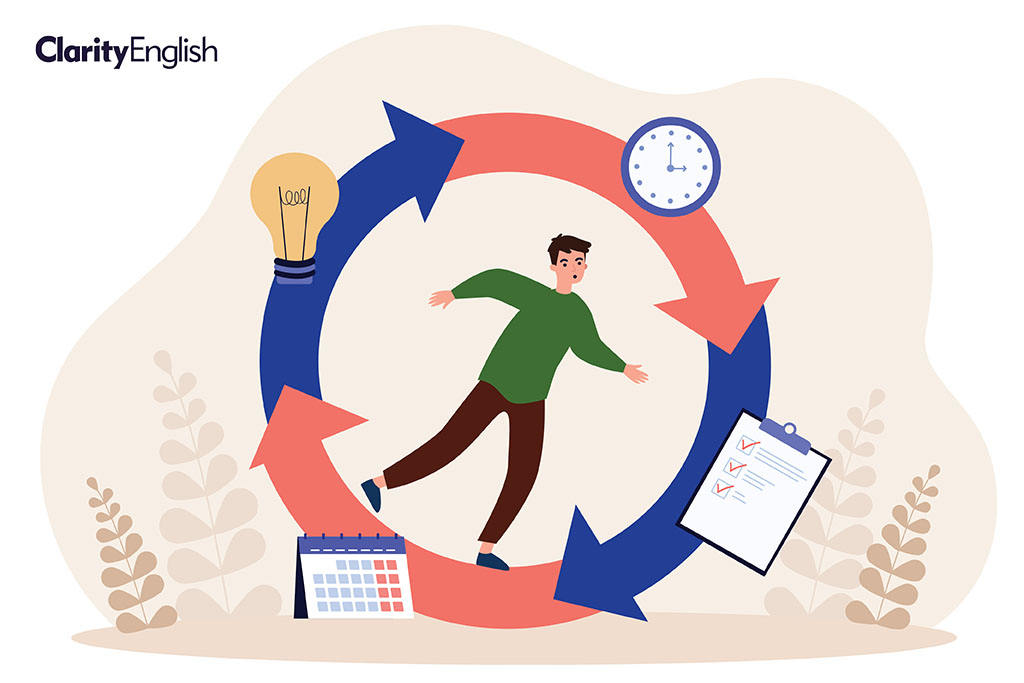Over the last 30 years, English Language Teaching (ELT) has seen an explosion of innovation – new methods, technologies, and theories. Yet, as Philip Kerr and others have pointed out, relatively few of these innovations have been shown to reliably improve learning outcomes. While academic research moves quickly to embrace the next big thing, the evidence for their effectiveness is slow to appear.
One area where research does offer consistent insights is the effect of learner motivation. The work of Zoltán Dörnyei and others has given us a solid understanding of how learners’ motivation and ability to manage their own learning correlate strongly with success (Dornyei and Skehan, 2003). But even this leaves teachers with a dilemma: Can motivation and self-regulation be taught, or are they traits students bring with them, shaped by personality, cultural norms, or the pressure of needing to pass an exam?
In practice, “motivation” in the classroom often boils down to structure. Students show up because the class is scheduled. They complete tasks because the teacher expects them to. In this environment, the teacher is the one doing the regulating – planning the work, setting deadlines and giving feedback.
But we also know that students who make the most progress are usually those who engage with the language outside the classroom: watching films, listening to music, reading books, and so on. That kind of input, and the motivation to seek it out, is critical to success, especially in online learning environments where structure is often minimal or absent altogether.
Platforms like Duolingo look to solve the motivation challenge by tapping into the power of gamification: streaks, badges, leaderboards. The daily streak has become a psychological hook, with users boasting on LinkedIn about 500, 800, even 1000 consecutive days of activity. But there’s no lack of less celebratory posts: learners who’ve maintained a 1000-day streak and are still struggling with the most basic functional communication. Why? Because the streak has become the goal. Success for Duolingo appears to mean coming back each day, not achieving linguistic objectives. In many ways, as one user described it, this is an infantilisation of the learner.
All the research suggests that motivation, and therefore success, come from building the skills of self-regulated learning. That means setting personal goals that are relevant to your needs and then evaluating your own progress and adjusting your plans accordingly.
At Clarity, this is something we work hard at – how to make it easier for learners to succeed in independent or semi-directed scenarios. For a recent talk about self-regulated learning, I reviewed our new and existing programs and flagged some of the approaches we use to support this (ones that aren’t present in all online resources):
- Designing activities that are based on realistic scenarios which encourage learners to practise language in contexts that match their real-life interests.
- Providing regular opportunities for learners to reflect on what they are learning and why, and to monitor their own progress.
- Embedding learner strategies directly into tasks to help independent learners become more effective.
- Connecting learners to the wide array of external content and tools (such as YouTube videos, podcasts or Google Translate) to help them extend their learning in relevant and enjoyable ways.
Language professionals know that there’s no shortcut to language proficiency. For all the imaginative academic research and “groundbreaking” proprietary methods out there, no one has cracked the code for easy language learning. Time and effort, if spent in the right way, feed a virtuous cycle. They help learners to achieve the goals that they set for themselves, and the experience of achieving those goals builds a fundamental self-belief that makes for more effective ongoing learning. The psychological rewards aren’t as instantaneous as badges and points but they’re deeper and more valuable.
Reference
Dörnyei, Z. and Skehan, P. (2003). Individual Differences in Second Language Learning. In The Handbook of Second Language Acquisition (eds C.J. Doughty and M.H. Long). https://doi.org/10.1002/9780470756492

